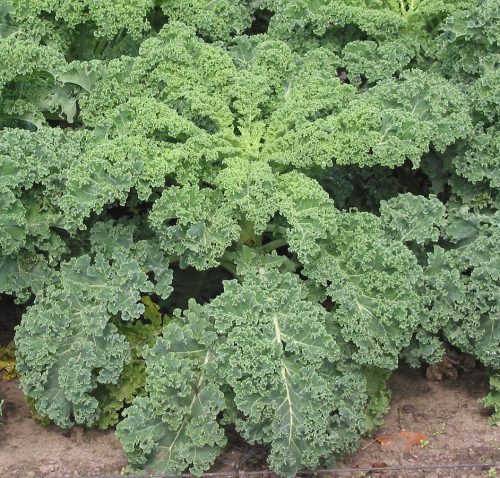Kale belongs belongs to the species Brassica oleracea, as do broccoli, cauliflower and red cabbage. Kale is a leafy crop that can be grown on all types of soil.
You are viewing the mobile-adapted version of the page.
The one for tablets, laptop and desktop also provides general information, such as origin and cultivation.
Kale belongs belongs to the species Brassica oleracea, as do broccoli, cauliflower and red cabbage. Kale is a leafy crop that can be grown on all types of soil. Early variety kale sow from May to July, transplant a month and a half after sowing, harvest as early as fall. The early variety of kale is not very hardy; the winter variety is. Sow these in July, transplant in mid-September, harvest in winter. Winter kale can be sown as a secondary crop on beds where beets or broad beans have been grown.
Remove leaves affected by cabbage flies and fungi.
Autumn kale is susceptible to downy mildew, a water fungus. Harvest the kale quickly as soon as the first yellowed leaves appear. Under humid conditions (autumn), downy mildew spreads over the entire plant in a matter of weeks. With frost, the spread stops.
Bugs
Poor growth; maggots in the root: cabbage root fly (Delia radicum).
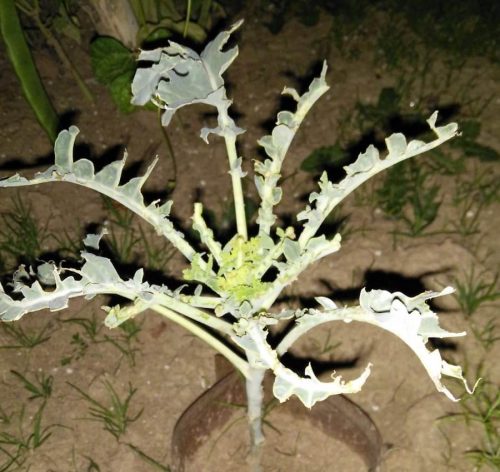
Leaf is eaten by caterpillars of large white (Pieris brassicae) and cabbage moth (Mamestra brassicae).
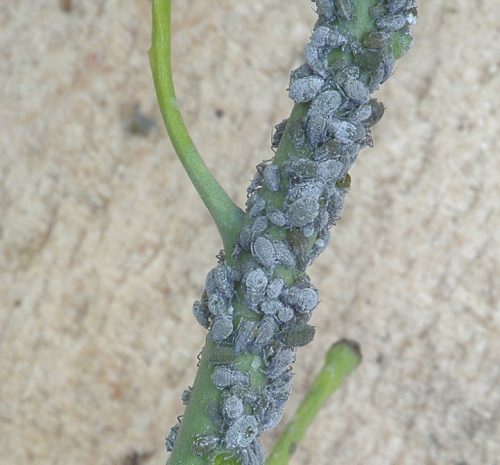
Initially white or purple spots on misshapen leaves (curled, bumpy), then the kale is colonized by aphids: cabbage aphid (Brevicoryne brassicae).
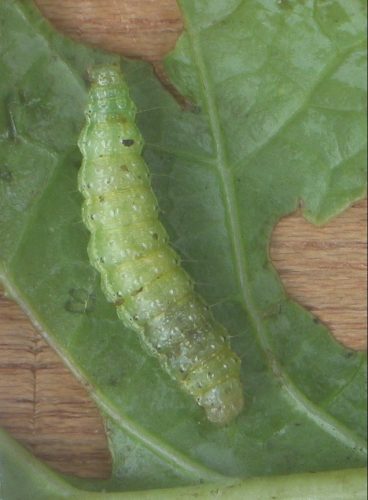
Curled leaves and damage to leaves, flower bud and stem: larvae of the Cyclamen tortrix (Clepsis spectrana).

White flies colonize the underside of the leaf. They live on leaf sap and secrete honeydew: cabbage whitefly (Aleyrodes proletella). Sooty dew then forms on the honeydew.
Curled leaves; in some places there is an aphid of about 2 mm in size: Green peach aphid (Myzus persicae).
Feeding on root or stem of young cabbage plant: the larvae of beetles (family Elateridae).
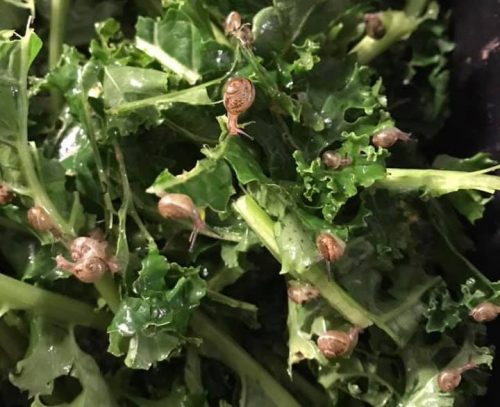
Warm and humid autumn weather keeps snails and slugs active longer and populates cabbage plants en masse.
Fungi & diseases
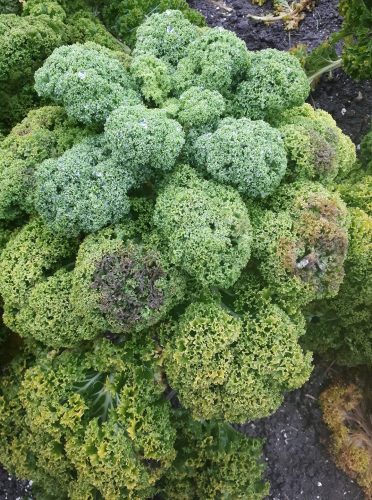
Leaf yellows and turns brown, eventually the leaves fall off: downy mildew (Peronospora parasitica).
Black fungus on honeydew secreted by aphids and cabbage whiteflies: sooty mold.
Poor growth, plant wilting, swollen roots rotting away: clubroot (Plasmodiophora brassicae). Kale is less susceptible, but can sustain the fungus.
Other
In the winter when there is little food for birds to find, pigeons sometimes like to feast on kale in the fields.
Plant different types of kale: plant next to autumn kale, which is susceptible to downy mil
Leaf margins turn brown: calcium deficiency.

